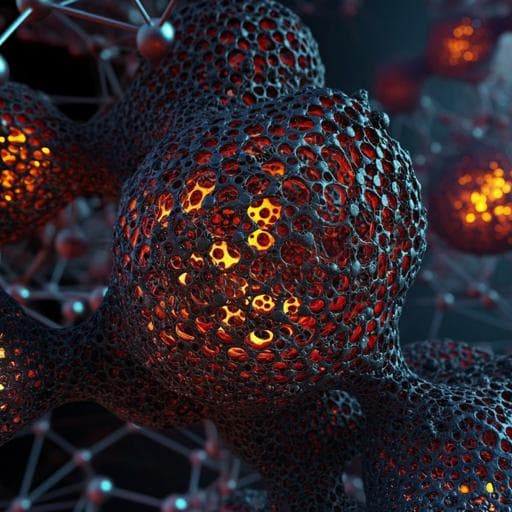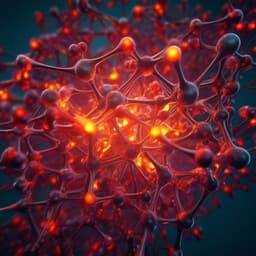
Medicine and Health
2D carbon network arranged into high-order 3D nanotube arrays on a flexible microelectrode: integration into electrochemical microbiosensor devices for cancer detection
Y. Sun, X. Dong, et al.
This groundbreaking research by Yimin Sun and colleagues showcases a novel mesoporous 2D carbon network engineered into 3D nanotube arrays, offering an innovative approach for high-performance electrochemical biosensing. This advancement not only enhances the detection of H₂O₂ from cancer cells but also enables real-time insights into cancer diagnostics and therapy efficacy.
~3 min • Beginner • English
Related Publications
Explore these studies to deepen your understanding of the subject.







